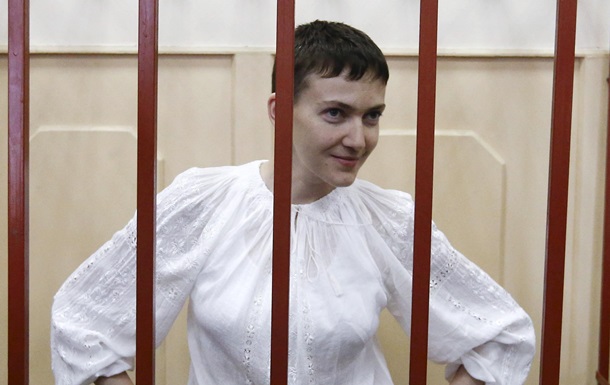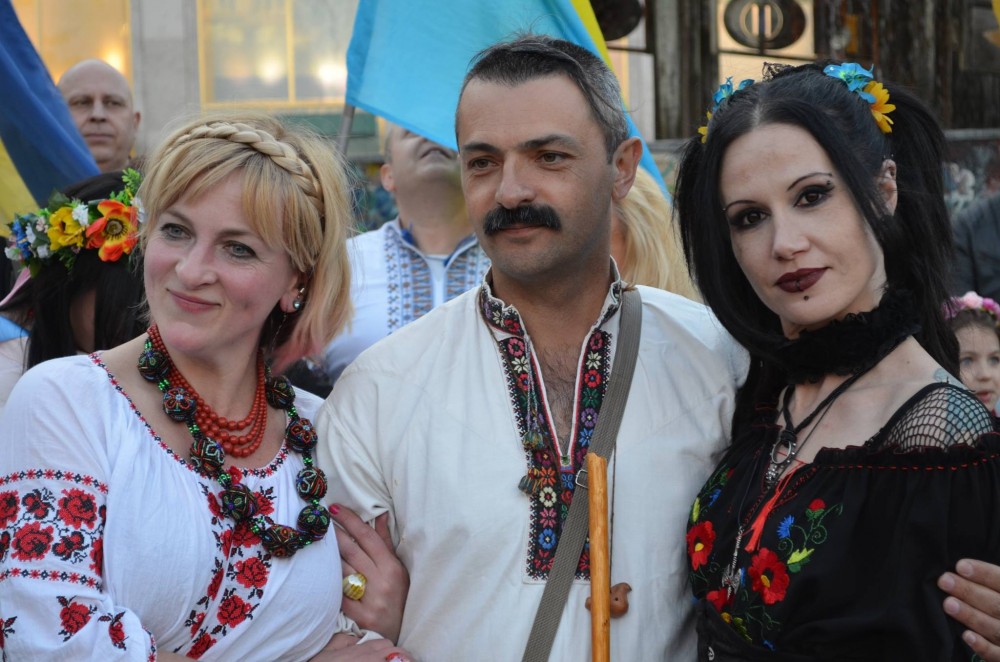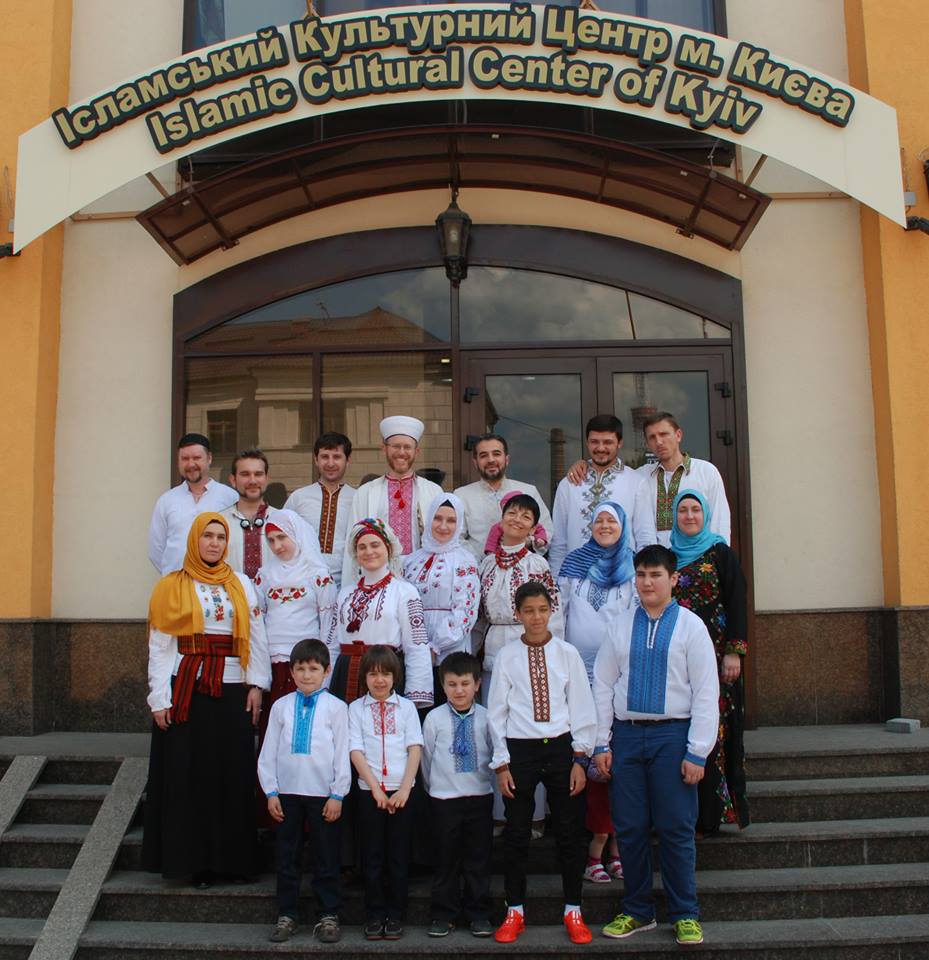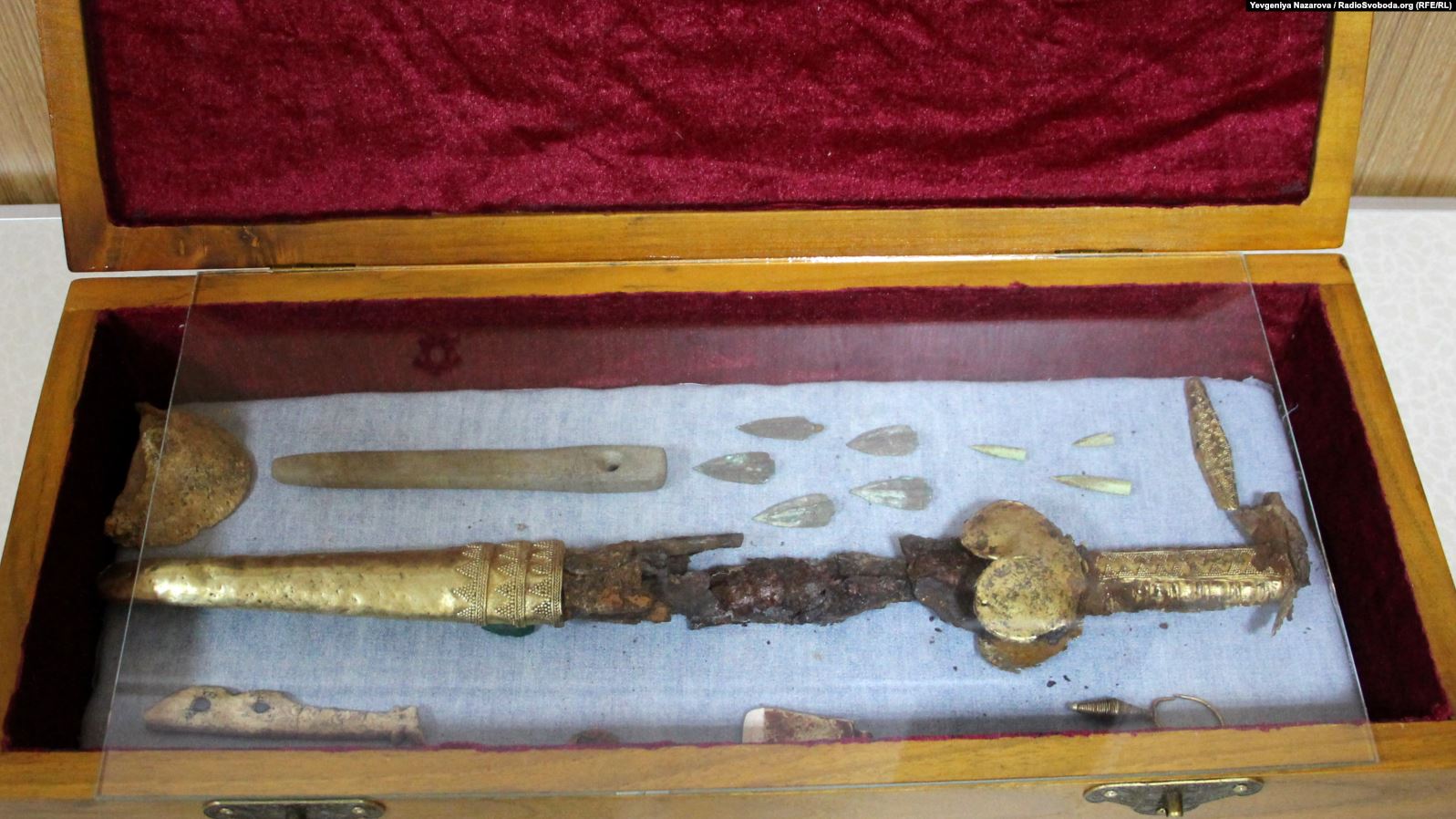On 21 May 2015, Ukrainians celebrated Vyshyvanka Day. This is a day when people in Ukraine and abroad wear Ukrainian traditional embroidered shirts, or vyshyvankas. Most Ukrainians today have at least one of these main elements of national wear, embroidered with standardized designs. But 100 years ago each Ukrainian ethnographic region had its own distinct patterns. We chose several from each region for our interactive vyshyvanka map.

With Russian aggression threatening the country from the East, national symbology is a way for Ukrainians to state their their right to self-determination and independence. One vivid example is the vyshyvanka-clad appearance of Ukrainian political prisoner turned into symbol of Ukraine Nadiya Savchenko at one of the court hearings in Moscow.
These statements drive Russian occupation authorities in Crimea wild: four activists and a film crew were detained for five hours
for daring to don vyshyvankas on 21 May near the Crimean border. But for some, vyshyvankas go beyond simple patriotism. The promo video for Vyshyvanka day appeals to traditions and even the "genetical code" of Ukrainians: Yuriy Melnichuk, deputy director of the Ivan Honchar Museum center of folk culture in Ukraine's capital Kyiv, also goes beyond simple symbolism, insisting that the myriads of regional-, gender-, and age-specific patterns of Ukrainian embroidery each have their unique sacral meanings for the person wearing them. Whether there is a hidden meaning in Ukrainian vyshyvankas or not, in 2015 they are managing to become a unifying symbol for Ukrainians of all views and ages.









